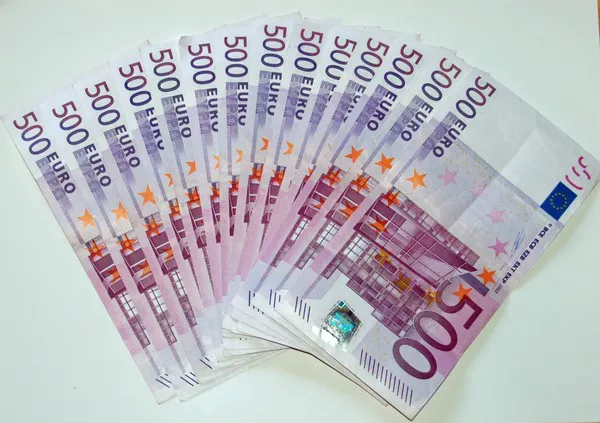Eurostat, the European Union’s statistical office, will release important Eurozone inflation data on Thursday, August 31.
Overall HICP will fall to 5.1% year-on-year in August, with the core figure falling to 5.3%.
Eurozone inflation data is key to the European Central Bank’s next policy move and will shake the euro.
The fight against inflation has not yet been won,” European Central Bank President Christine Lagarde said at the annual meeting of central bankers in Jackson Hole on Friday.
Lagarde added that EU interest rates need to remain high “for as long as necessary” to slow still-high inflation. Therefore, the upcoming euro zone inflation data will have a crucial impact on the European Central Bank’s next interest rate trend.
Money markets put a 51% chance that the European Central Bank will pause interest rate hikes at its September meeting. Bloomberg’s Global Interest Rate Probability (WIRP) shows that the probability of a 25 basis point rate hike next month is close to 35%, the probability of a rate hike on October 26 is 50%, and the probability of a rate hike at the December 14 meeting is as high as nearly 70%.
European Central Bank FAQ
What is the European Central Bank? How does it affect the euro?
The European Central Bank (ECB), based in Frankfurt, Germany, is the reserve bank for the euro zone. The European Central Bank sets interest rates and manages monetary policy for the region.
The main task of the European Central Bank is to maintain price stability, that is, to keep the inflation rate at around 2%. Its main tool for doing this is raising or lowering interest rates. Relatively high interest rates usually lead to a stronger euro and vice versa.
The ECB Governing Council meets eight times a year to make monetary policy decisions. Decisions are made by euro zone bank presidents and six permanent members, including ECB President Christine Lagarde.
What is quantitative easing (QE) and how does it affect the euro?
In extreme cases, the ECB can resort to a policy tool called quantitative easing. Quantitative easing is the process by which the ECB prints euros and uses them to buy assets (usually government or corporate bonds) from banks and other financial institutions. Quantitative easing usually leads to a weaker euro.
Quantitative easing is the last resort when lowering interest rates alone is unlikely to achieve the goal of price stability. The ECB has used QE before during the Great Financial Crisis of 2009-11, in 2015 when inflation remained low, and during the HIV pandemic.
What is quantitative tightening (QT) and how does it affect the euro?
Quantitative tightening (QT) is the inverse of quantitative easing. It is a measure taken after quantitative easing, when the economy recovers and inflation begins to rise. In quantitative easing, the European Central Bank (ECB) purchases government and corporate bonds from financial institutions to provide them with liquidity, while in quantitative tightening, the ECB stops buying more bonds and stops transferring bonds it already holds The principal at maturity is reinvested. This is generally bullish (or bullish) for the euro.


